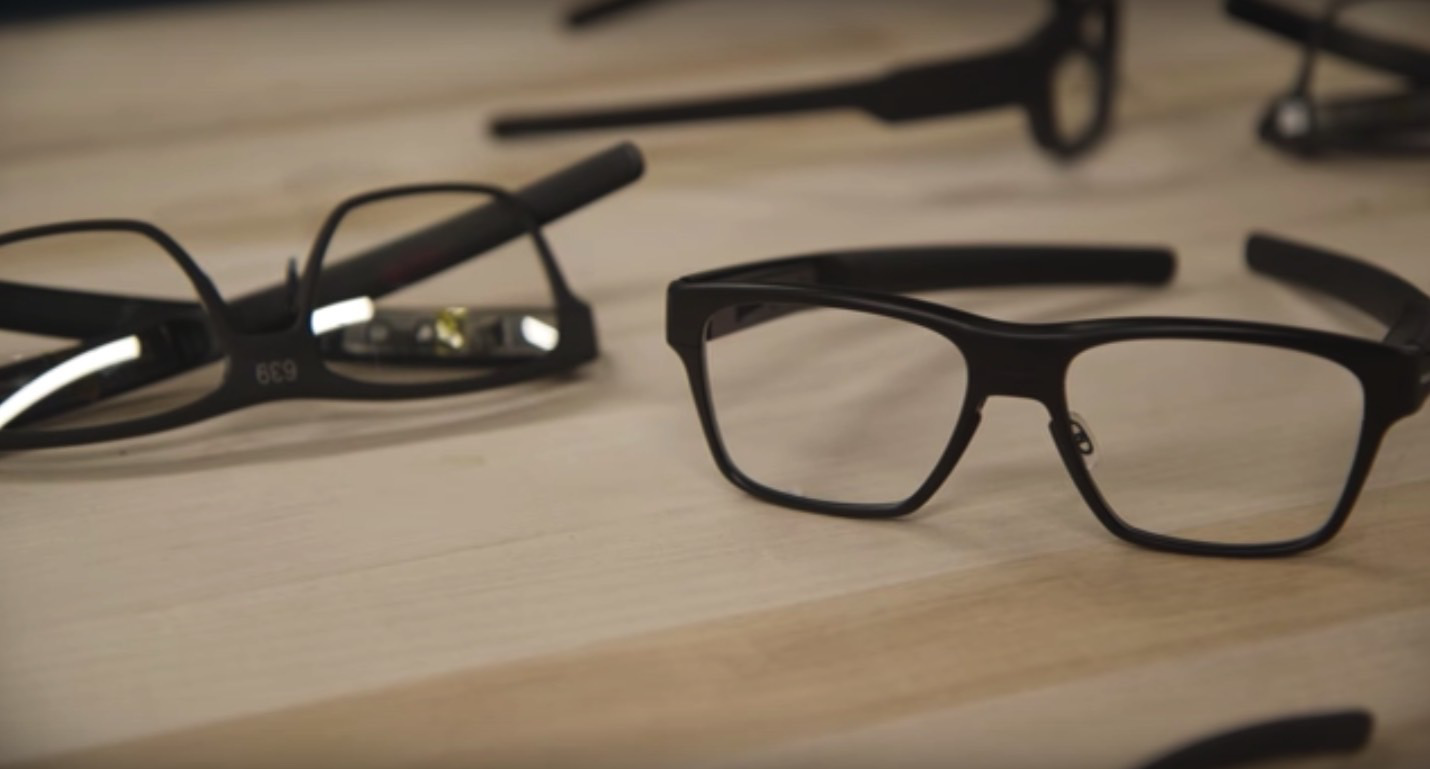
Intel Is Cancelling Its Vaunt Smart Glasses
In April, Intel has announced its plans to shut down the New Devices Group (NDG), which marks the end of its Vaunt smart glasses, which the company demonstrated in February.The Vaunt smart glasses were part of Intel’s broader effort to diversify its product offering and expand to other markets. The New Devices Group (NDG), which was formed in 2013 to make fitness trackers and smart glasses, was hit with a major layoff in 2016. Back then, Intel denied that the company was stepping back from wearables, but Intel’s struggle to gain a foothold in the wearables market was evident.
Now, after an investment of several hundred million dollars by Intel, the company is no longer denying that its foray into the wearables market hasn’t panned out as expected.
“Intel is continuously working on new technologies and experiences. Not all of these develop into a product we choose to take to market. The Superlight [an internal name for Vaunt] project is a great example where Intel developed truly differentiated, consumer augmented reality glasses. We are going to take a disciplined approach as we keep inventing and exploring new technologies, which will sometimes require tough choices when market dynamics don’t support further investment,” an Intel spokesperson told CNBC in an email.
The end of the Vaunt smart glasses isn’t exactly a surprise. “Intel has a reputation for showing off ideas that never turn into real products. It comes up with a cool concept, proves out the technology, then hopes to convince others to take that idea and turn it into a real product,” wrote Verge executive editor Dieter Bohn in February.
Intel’s intention with the Vaunt smart glasses was to make them as discreet as possible. In a sense, they were supposed to be the answer to the tsunami of privacy worries that had swept the industry after the launch of the Google Glass. Even from a close distance, the Vaunt smart glasses looked just like any regular pair of prescription glasses with a plastic frame: no visible display, no chunky battery, no touch controls, and, most importantly, no camera.
Instead, the Vaunt smart glasses featured a vertical-cavity surface-emitting laser (VCSEL), which is a semiconductor-based laser diode that emits a highly efficient optical beam vertically from its top surface. Intel used this very low-power laser to project a red, monochrome image with a resolution of 400 x 150 pixels onto a holographic reflector, which then reflected it directly onto the retina.
“We use a holographic grading embedded into the lens to reflect the correct wavelengths back to your eye. The image is called retinal projection, so the image is actually ‘painted’ into the back of your retina,” said Jerry Bautista, the lead for the team building wearable devices at Intel’s NDG. “We had to integrate very, very power-efficient light sources, MEMS devices for actually painting an image.”
Thanks to their innovative display technology and discreet looks, the Vaunt smart glasses were in a good position to become the first commercially successful smart glasses, and Intel even had a solid vision how to sell them to consumers.
”There’s something on the order of 2.5 billion people that require corrective lenses,” said Jerry Bautista. “They get their glasses from somewhere. Sixty percent of them come from eye care providers. … We would say these glasses belong in those kinds of channels. People are going to buy them like they buy their glasses today.”
Clearly, that plan didn’t pan out as intended, and Intel isn’t the only company in wearables that’s struggling to meet its goals. The wearable market would have actually shrunken in the fourth quarter of this year if it weren’t for Apple, whose shipments grew by 58 percent to 8 million devices, up from 5.1 million a year earlier, according to research firm International Data Corp. Fitbit’s shipments declined by 17 percent to 5.4 million in the quarter, and Xiaomi’s shipments fell by 5 percent to 4.9 million in the same quarter.
Despite the current state of the wearables market, the global wearables sales revenue is still projected to exceed 40 billion by 2021, compared to a little over 30 billion in 2018. According to a report in the FT, Amazon is working on building a pair of smart glasses to house its Alexa voice assistant, Google is focusing on helping professionals in manufacturing, logistics, and healthcare be more productive with its Glass Enterprise Edition, and Microsoft has demonstrated a number of real-world applications of its HoloLens headset. HoloLens however still carries a large price tag per unit and is painful to wear for over an hour which creates a barrier for industrial / enterprise applications.
It seems then that Intel’s failure simply indicates that smart glasses are not yet ready to leave the confines of factories, offices, and our homes. “The field of view, the quality of the display itself, it’s not there yet. We [Apple] don’t give a rat’s about being first. We want to be the best, and give people a great experience. But now anything you would see on the market any time soon would not be something any of us would be satisfied with. Nor do I think the vast majority of people would be satisfied,” said Apple’s CEO Tim Cook last year.
Focusing too much on the technology, this is something that Intel failed to see until the company could no longer afford to ignore the reality. Unfortunately, it appears we are still a few years out from that killer HUD that marries consumer price points, wearability, and functionality.
Comments
Tags: ar, augmented reality, hud, iot, mobile
Trackback from your site.